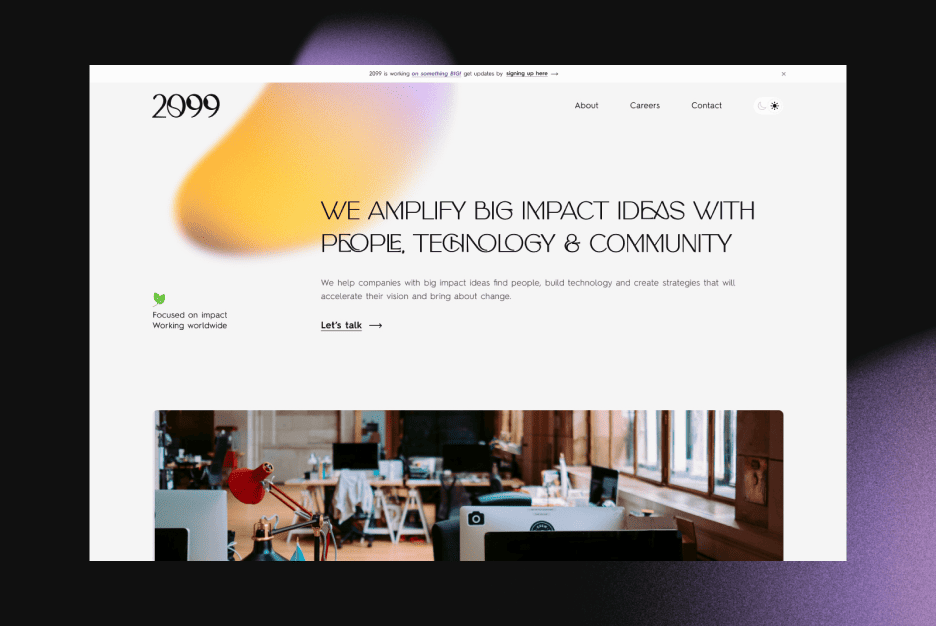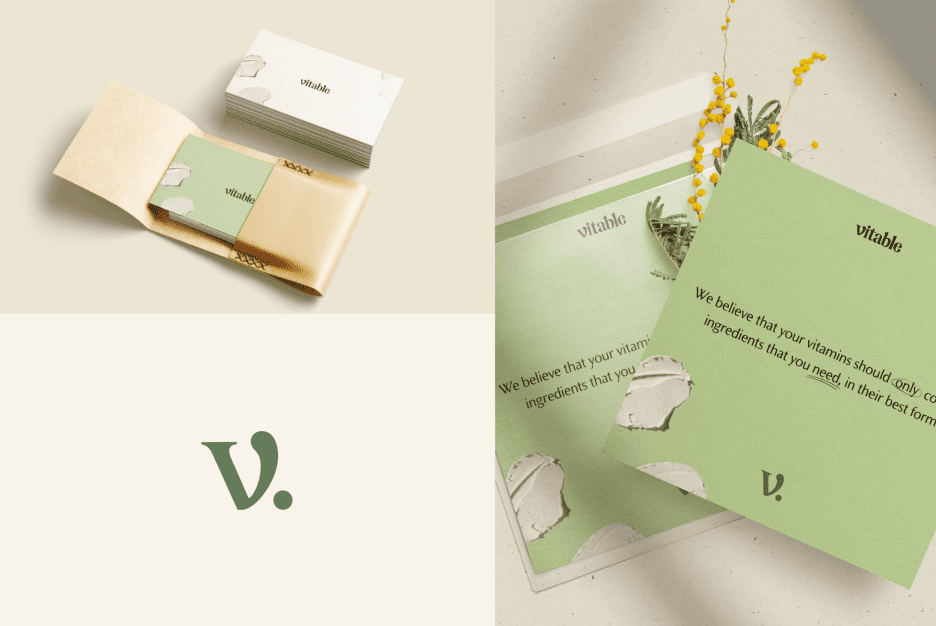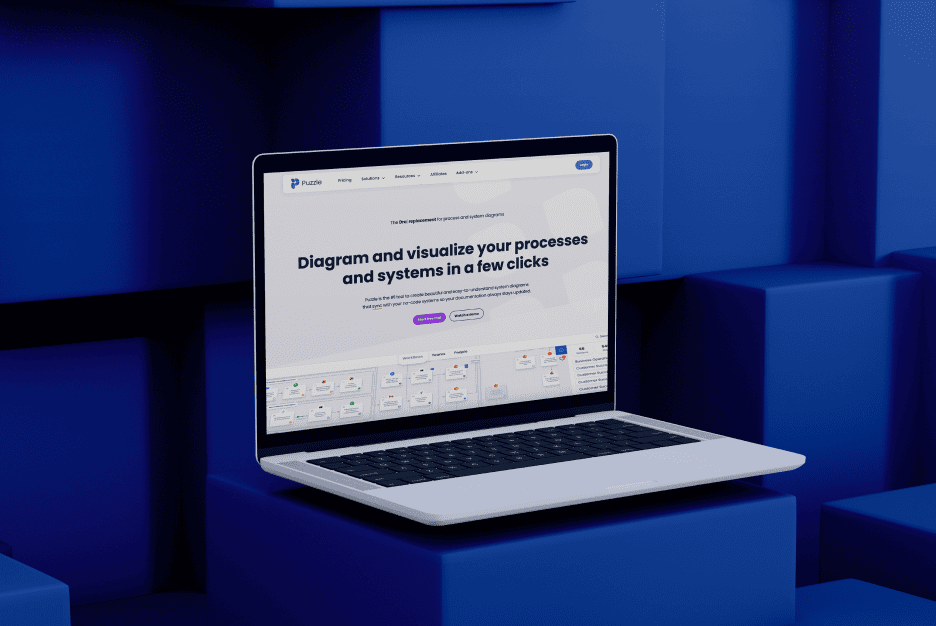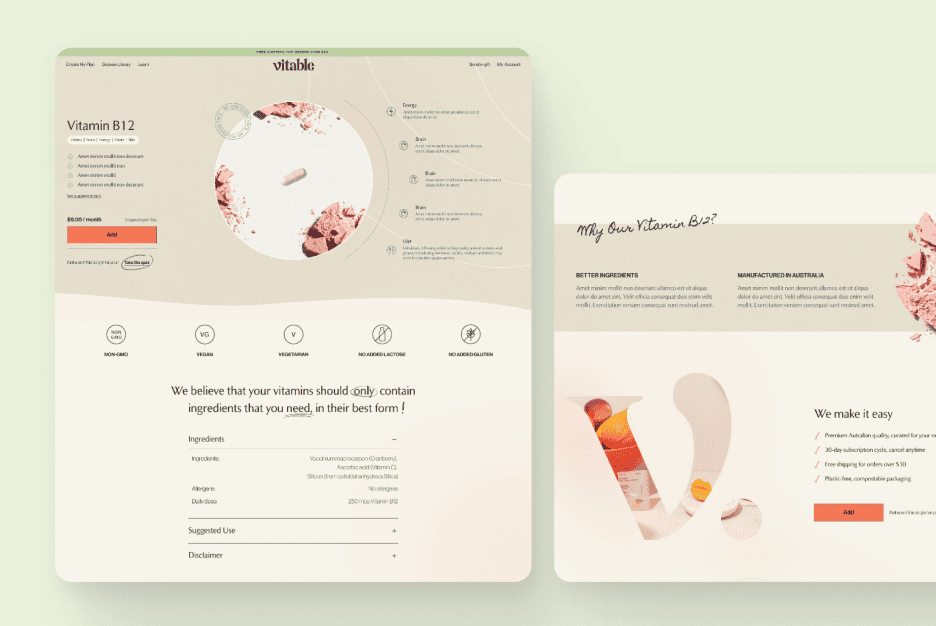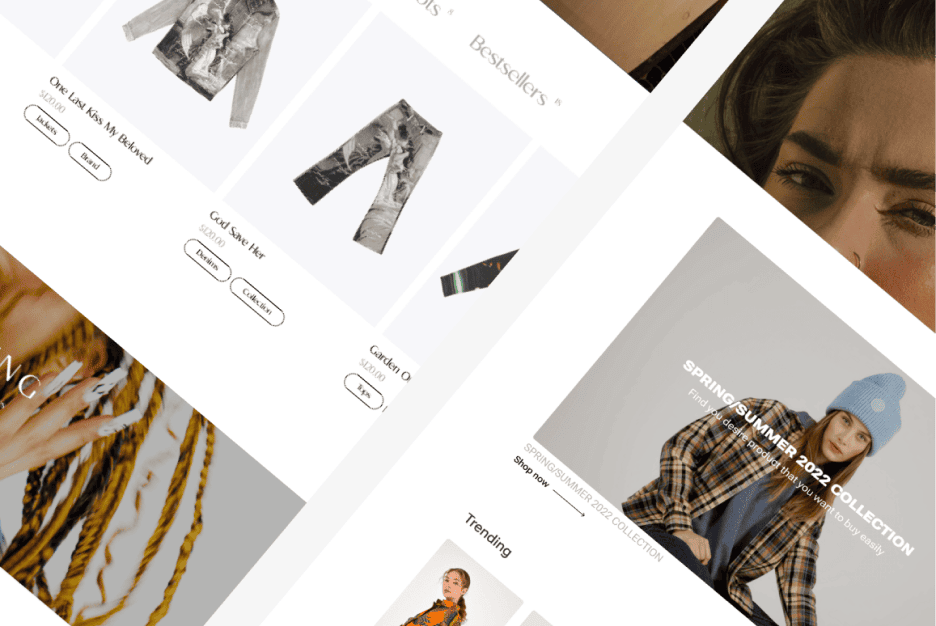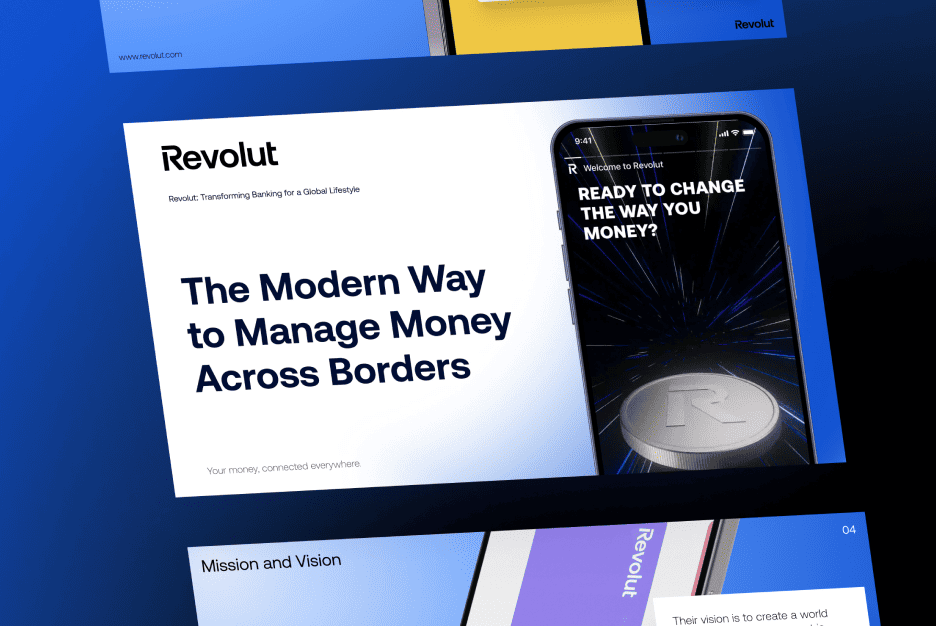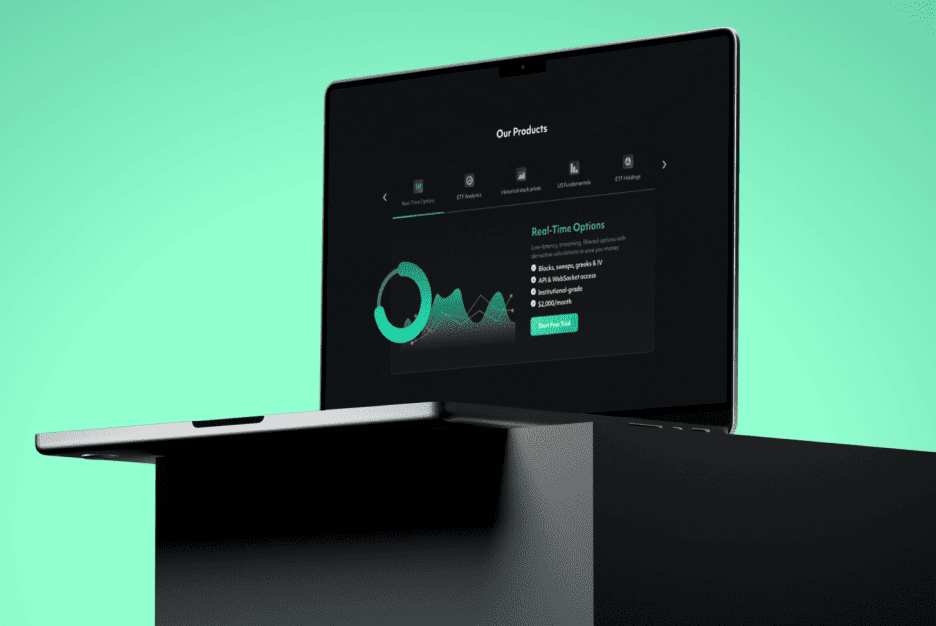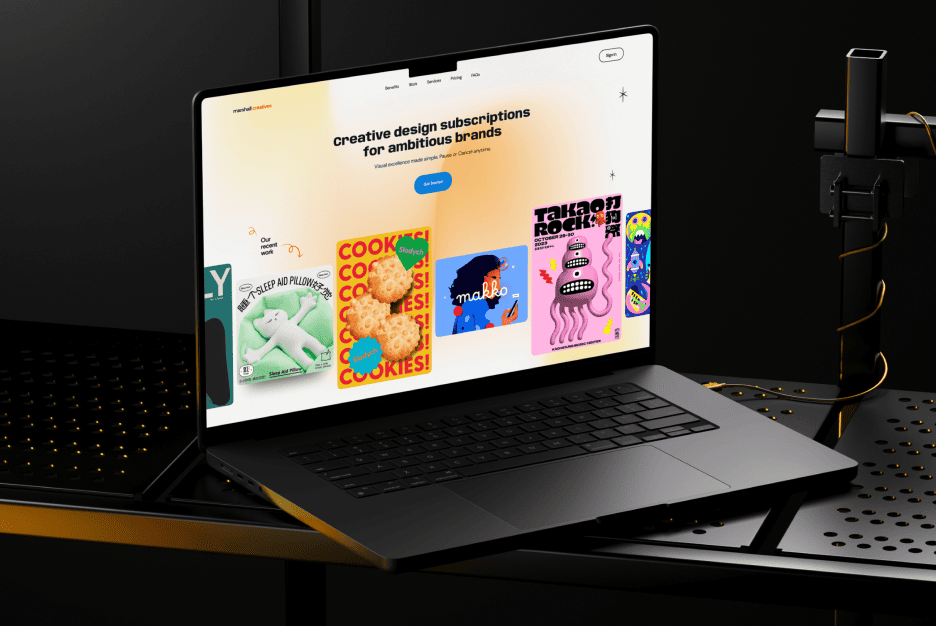Good design doesn’t just look good — it feels good. And few industries understand emotion, rhythm, and immersion like cinema and game development. Movies make us cry over fictional characters; games make us lose sleep over virtual missions. So, why shouldn’t digital design borrow a few tricks from those worlds?
Both film and gaming have mastered the art of capturing attention, telling stories, and making experiences feel alive. If you think your job as a designer is just to place buttons and balance Color Schemes, think again — it’s about creating a whole experience people believe in.
Why designers should treat film and gaming as a masterclass
Designers and filmmakers actually have a lot in common — both craft visual experiences that guide emotion and action. Directors use lighting, pacing, and framing to control how the audience feels. A great designer does the same thing, just with pixels instead of cameras.
Think about it: a movie scene builds Trust in the story through visual logic — composition, continuity, atmosphere. Similarly, a well-designed website builds trust through hierarchy, flow, and intuitive layout. It’s storytelling disguised as usability.
The best way to learn this? Watch your favorite movie as a designer. Pause, analyze the frame, see how color and symmetry shape emotion. It’s a creative goldmine hiding in plain sight.
How storytelling turns interfaces into emotions
A great interface tells a story — not through words, but through flow. Every scroll, transition, and animation adds a chapter. That’s why storytelling is the heart of game and movie design — and it’s what digital designers often forget.
When done right, storytelling transforms even the simplest UI into something immersive. You can guide the user’s journey with visual cues the same way a director leads the viewer through a plot. A clean transition can create suspense; a well-timed animation can deliver delight.
The trick is balance. Too much noise kills rhythm — just like Silence in movies creates tension, whitespace in UI gives users room to breathe. Every pause, shadow, and fade should have purpose. Design is not just about what’s on screen; it’s about what’s between screens.
Working with rhythm and timing in user perception
Good design has rhythm. It’s the unseen beat that keeps a user moving smoothly through your site or app. In movies, editors shape pacing to make a scene feel exciting or calm. In web design, transitions, scrolling speed, and animation delays serve the same purpose.
For instance, a quick micro-interaction gives energy and tempo; a slow fade can make an interface feel elegant and luxurious. It’s about emotional tempo — not just visual flow.
Games do this flawlessly. They hook players with escalating tension, then reward them with moments of calm — a balance between chaos and Silence. That’s exactly what UX designers can learn: rhythm keeps engagement alive, not constant stimulation.
Visual composition and framing in interface design
Cinematographers obsess over framing — what’s in focus, what’s not, how light divides space. Designers should too. Composition tells the user where to look, what’s important, and what emotion they should feel.
The Rule of Thirds, negative space, and directional lines — these aren’t just film principles; they’re core to digital clarity. A page layout that uses these ideas naturally feels more intuitive and aesthetically balanced.
In design, you don’t have a camera — but you do have hierarchy and grid systems. They’re your framing tools. And just like film directors, your goal is to make every “shot” — or in this case, every screen — feel intentional.
Light, color, and atmosphere as engagement tools
Color isn’t decoration — it’s psychology. In film, a blue tone can make a scene feel cold or sad; warm tones feel nostalgic or safe. The same rules apply to interface design. Choosing the right Color Schemes can make users feel calm, excited, or empowered.
Lighting, too, has a digital equivalent: shadows, gradients, and contrasts. They build depth, emotion, and hierarchy. Ever noticed how Dark Mode apps feel sleek and futuristic, while light modes feel airy and open? That’s not an accident — it’s storytelling through tone.
Atmosphere builds emotion faster than copy ever could. Get your visual tone right, and users feel your brand before they even read a word.
Game design elements that make websites interactive
Gamers don’t need motivation to click — they’re driven by curiosity and reward. Designers can borrow that same psychology. Adding elements like micro-interactions, progress bars, or achievement animations transforms static interfaces into living systems.
Gamification doesn’t mean turning your website into an arcade. It’s about using interactivity to reward user behavior and sustain attention. Even subtle cues — a button that gently reacts to hover or a playful loading screen — can make your product feel alive.
The secret lies in understanding what motivates users. Games rely on feedback loops; great UX does too. Every small action should earn a satisfying response. That’s the dopamine loop that keeps people coming back.
What interfaces can learn from cinematic directing
Great direction isn’t about control — it’s about guidance. Directors use camera movement, depth of field, and pacing to draw attention to specific details. Designers can do the same with motion, hierarchy, and alignment.
When you guide a user’s eye across the screen, you’re directing their experience. The subtle art of timing — when an element appears, how fast it animates, when it fades — defines emotion. Even a second too long can ruin the flow.
This is where UX Research becomes essential. Just as film studios test audience reactions, designers must analyze real user behavior to perfect timing, flow, and transitions. That’s not creativity vs. data — that’s art informed by science.
Mistakes that kill the sense of immersion
The fastest way to ruin immersion? Inconsistency. Mismatched icons, uneven typography, poor lighting, or clashing Color Schemes instantly break Trust. It’s like watching a serious drama with a laugh track — you stop believing.
Here are common design “plot holes” to avoid:
- Using too many visual effects that distract from the goal.
- Forgetting rhythm — abrupt transitions feel jarring.
- Ignoring whitespace (it’s your digital version of cinematic Silence).
- Overloading users with information instead of pacing it out.
The goal is flow, not flash. When everything feels cohesive, users don’t notice the design — they experience it.
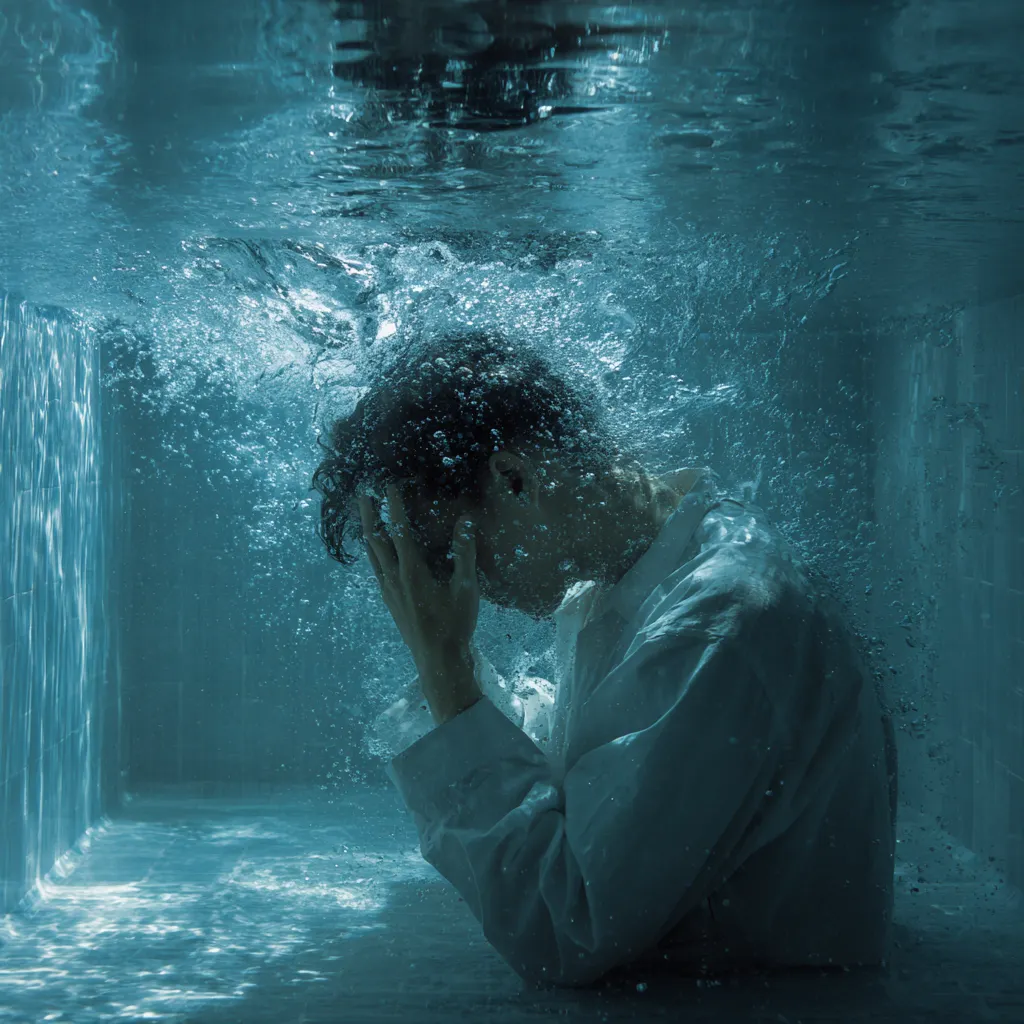
Brand examples inspired by film and gaming
Plenty of brands are already bridging design and cinematic storytelling.
Apple is a master of visual pacing — its product pages feel like movie trailers. Every scroll reveals a new “scene,” complete with lighting and mood shifts.
Spotify takes cues from gaming, with smooth transitions and dynamic playlists that adapt to user behavior — almost like quests.
Even Nike uses cinematic motion and sound on its landing pages to create an atmosphere of movement, energy, and ambition.
These brands understand what many still miss: emotion sells. And emotion is crafted not by coincidence, but by design.
Design isn’t just about usability — it’s about belief. Movies and games have spent decades perfecting how to guide feelings, build rhythm, and earn emotional Trust. When designers borrow from those playbooks, their work stops being functional — it becomes unforgettable.
So next time you open Figma, think like a director. You’re not designing screens — you’re crafting an experience worth watching. 🎬
